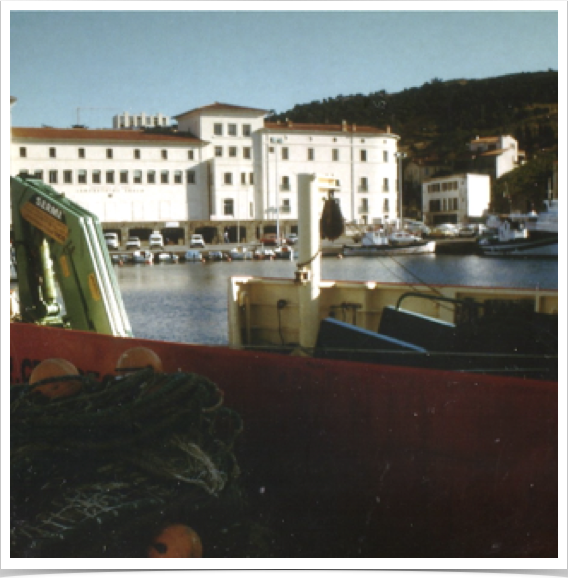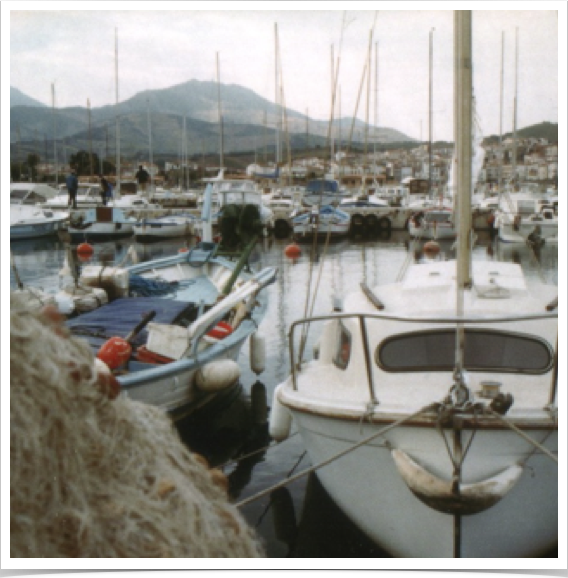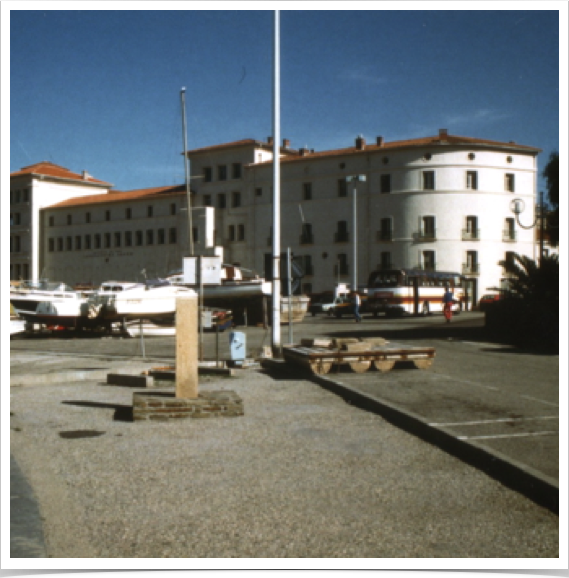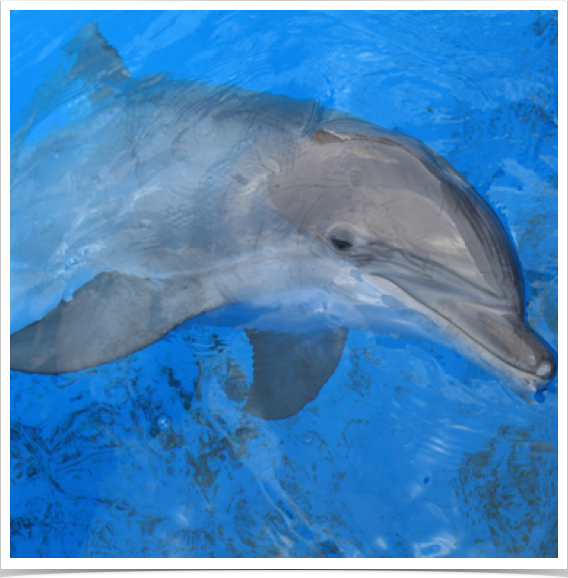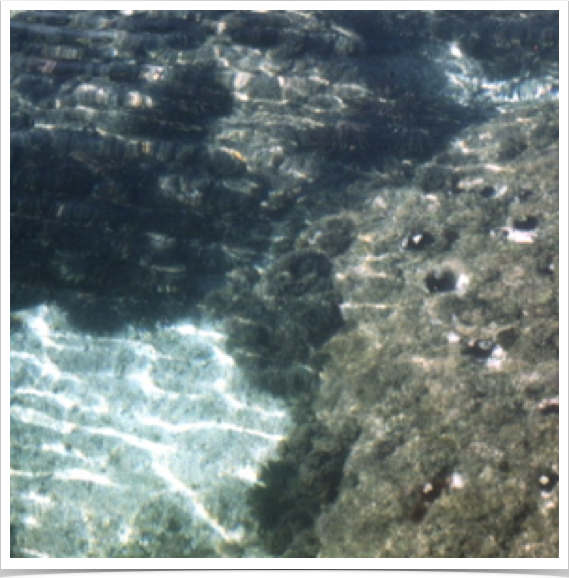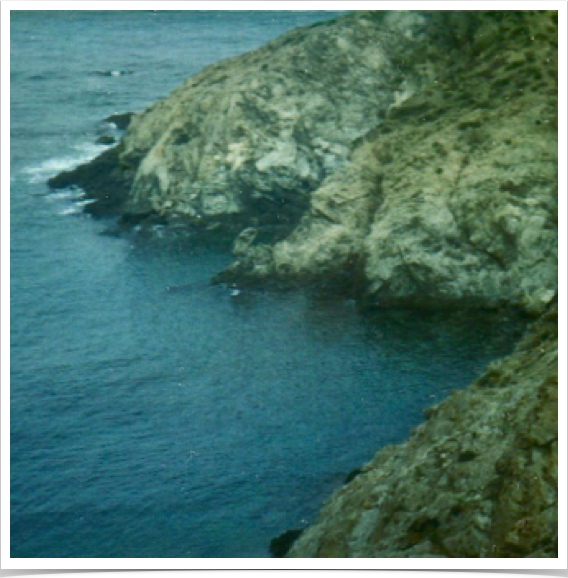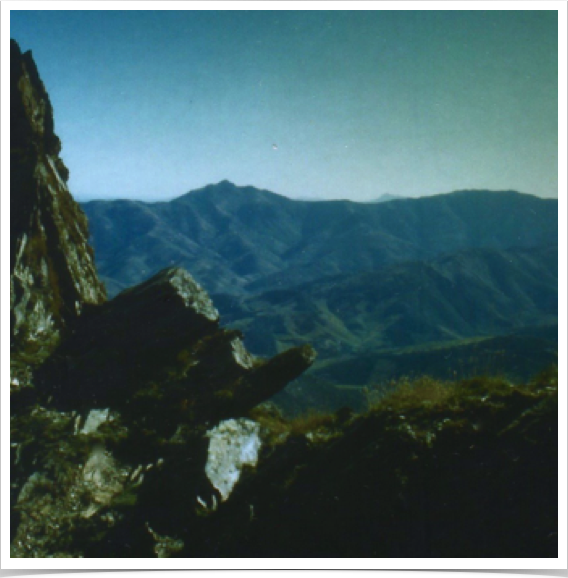
BIOLOGICAL OCEANOGRAPHY: At Mediterranean Observatoire Océanologique de Banyuls (OOB) - an oceanographic research institute also known as Laboratoire ARAGO located on the south-eastern coast of France at the Mediterranean Sea.
GRADUATE RESEARCH STUDIES:
• Assisted the OOB's marine scientists in quantitative sampling surveys and long-term monitoring of the benthic Mediterranean fauna and zooplankton in 1985.
• Assisted in evaluating the marine ecosystem status and oceanographic conditions of the Mediterannean Sea.
• Participation in research expeditions onboard the OOB's RV NEREIS studying the oligotrophic waters and deep-sea canyons of the Mediterranean with white coral populations in the Gulf of Lion - located just 20 miles offshore.
• As part of this long-term monitoring research, Dr. Alshuth assisted in quantitative multispecies assessments methods for ocean conservation regulations in the Mediterranean region. OOB offers ocean access to Mediterranean’s exceptionally diverse fauna and flora and makes this station unique in Europe for the biodiversity study of marine ecosystems and their reaction to global change.
Related research publications include:
Alshuth, S. 1991. Sparkling marine phosphorescence. Bioluminescence of marine dinoflagellates. (German – Text and Photography). Mikrokosmos 80 (12), 372-375.
Click on any picture below to start slide show.
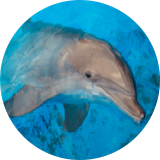
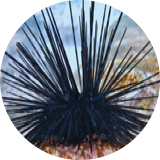
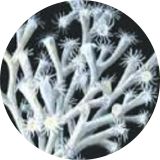
OBSERVATOIRE OCEANOLOGIQUE DE BANYULS
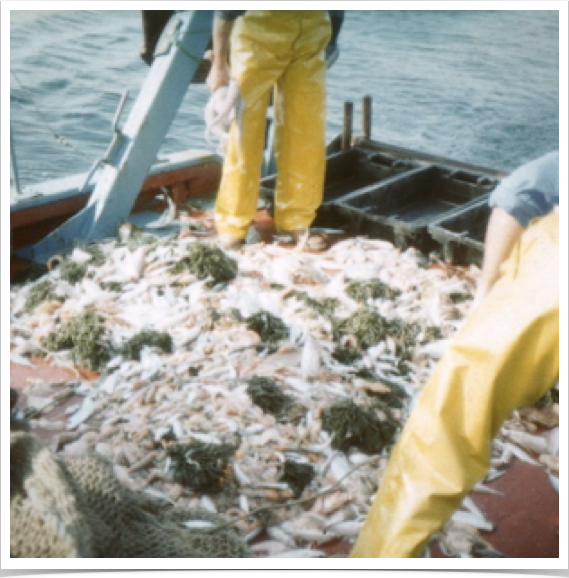
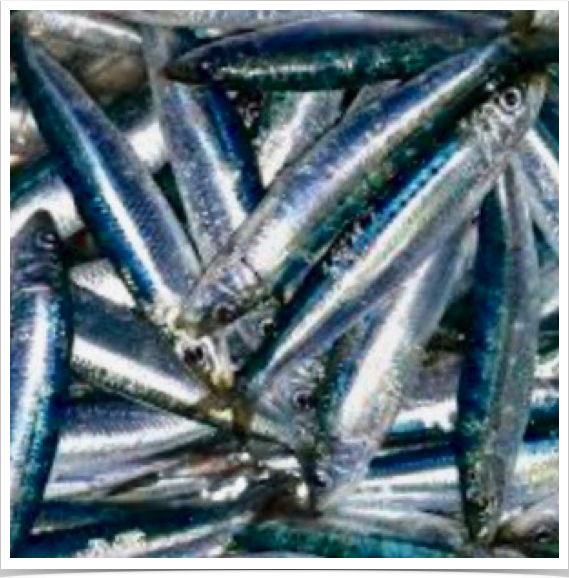
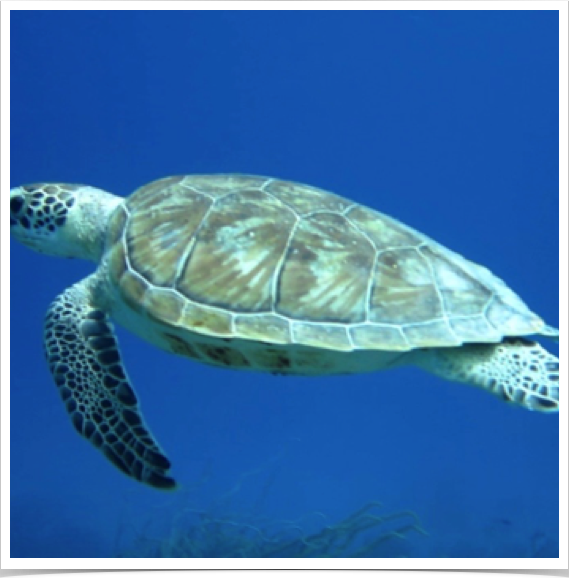
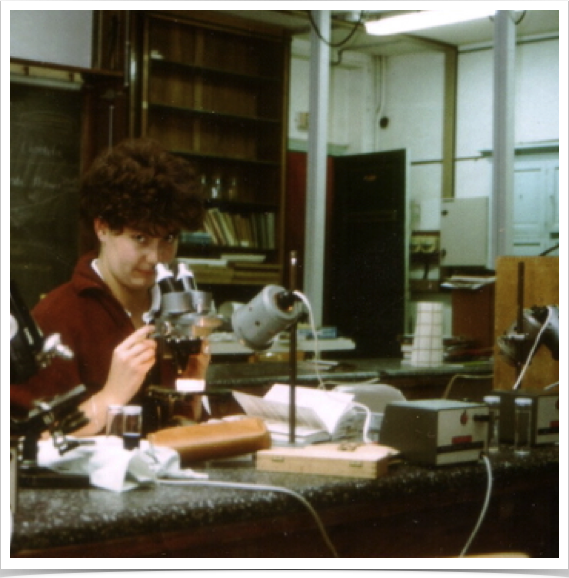

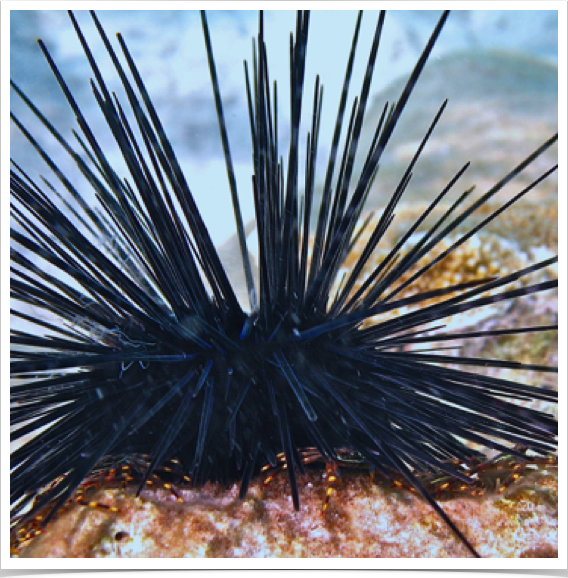
Quantitative multispecies assessments methods and biodiversity studies of marine ecosystems and their reaction to global change - useful for ocean conservation regulations in the Mediterranean region.
Home / Your Professor / Biography / Research / Marine Laboratories / Mediterranean Observatoire Océanologique de Banyuls
